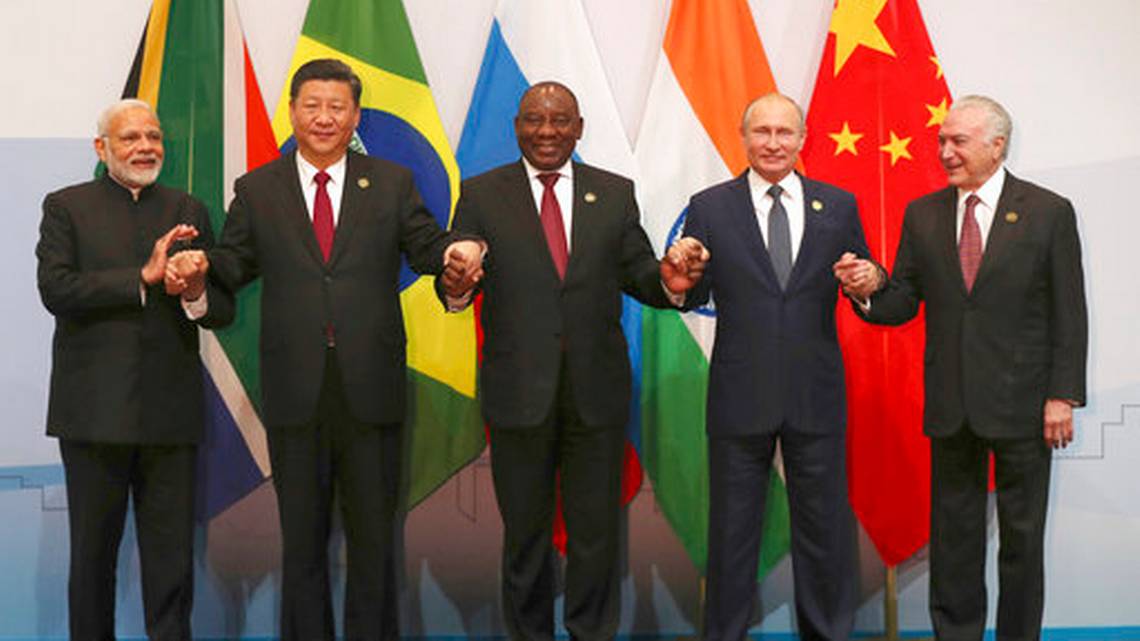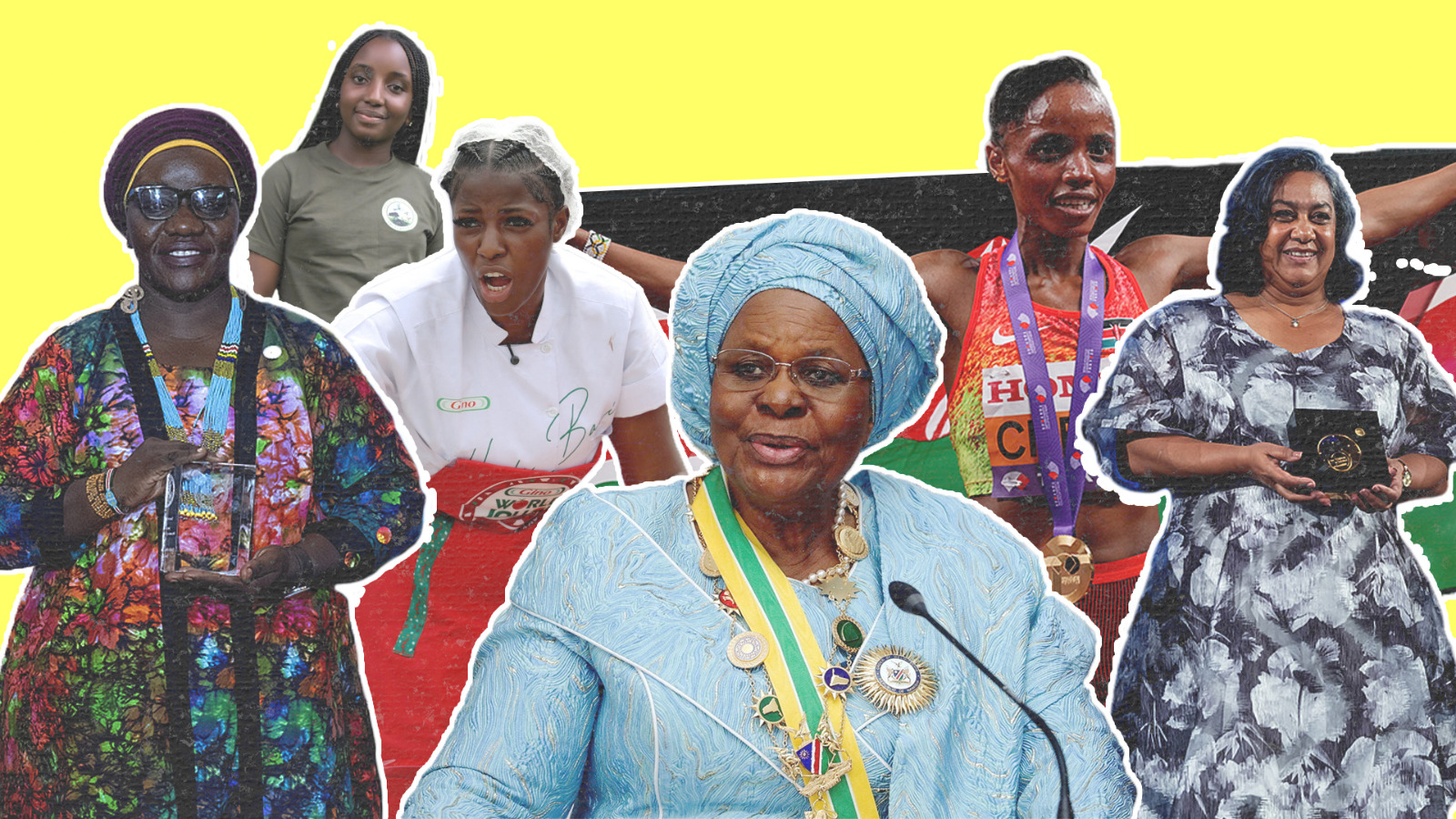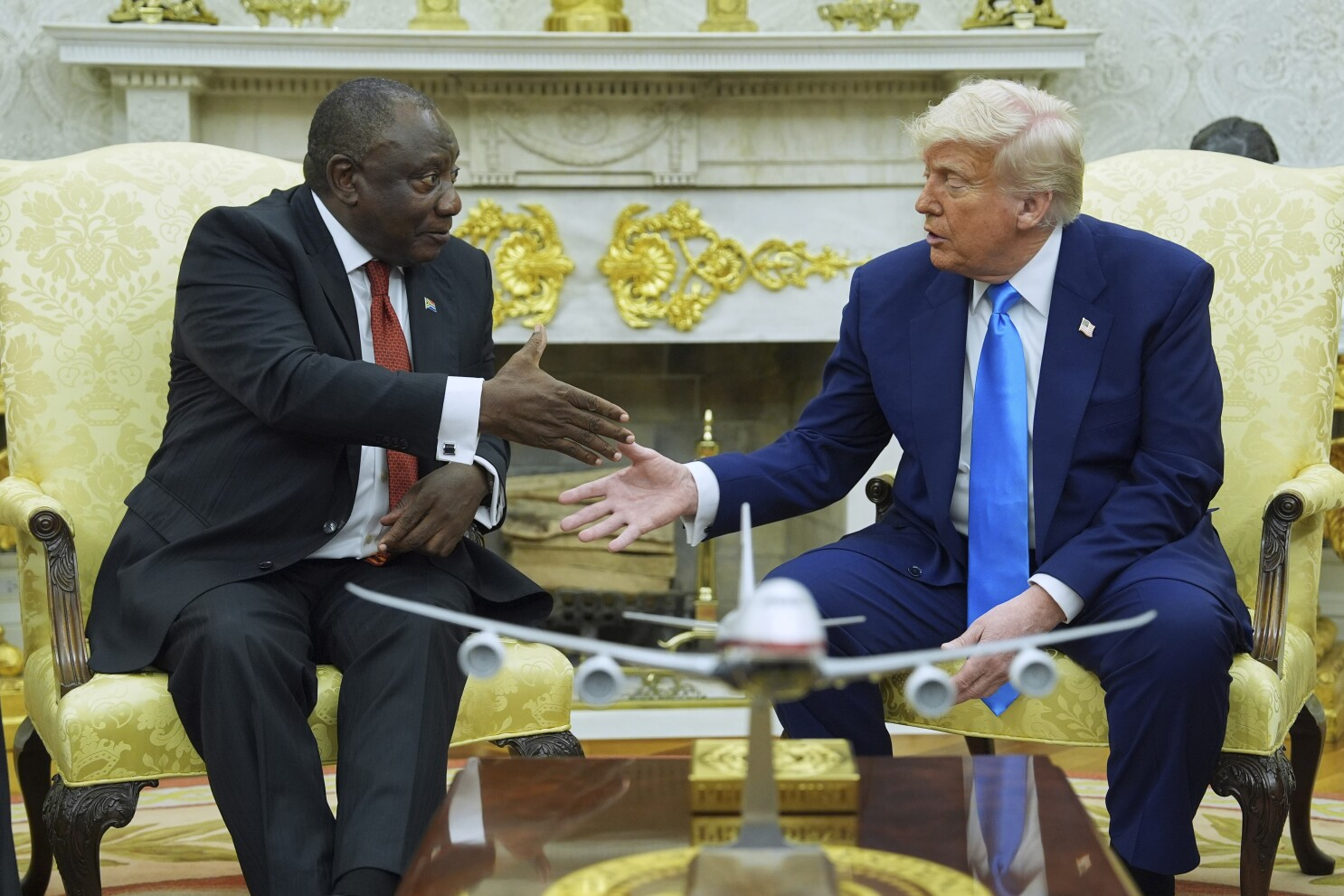
Opinion: Does the influence of BRICS’ cooperation model go beyond the Big Five?

by Dr. Francis Onditi, Ph.D
The BRICS union of Brazil, Russia, India, China and South Africa has been described as an association with tangible, diverse and complex initiatives. In contrast to the much smaller Asian Tigers economic union (Hong Kong, Singapore, South Korea and Taiwan) BRICS’ power stems from its enormous amount of combined resources, massive territory and population as well as the evolution of universal norms. The role of BRICS in tilting the world order continues to gain impetus. However, changing the world order also means BRICS has to battle the global status quo and create spheres of influence far and wide beyond the five member nations. Therefore, the question is whether BRICS is able to do that?
BRICS began pursuit of this noble economic and geopolitical role in 2015. In what seems to be phase 4 of the BRICS evolution, BRICS leaders identified both normative and functional themes that would strengthen cooperation among members:
- Evolving a working group on peacekeeping;
- The creation of a vaccine research centre;
- Creation of the BRICS gender and women forum;
- Energizing the 4th industrial revolution; and
- BRICS tourism track of cooperation.
These new pillars seem to confirm the stature of BRICS as a typical example of south-south cooperation that goes beyond geographical proximity. Indeed, in recent years, indicators demonstrate that BRICS represents a model of economic power potential of transitioning power from North to the South.
The main indicator is the role of BRICS in global universal health coverage. While global health financing has now reached period of non-growth, BRICS’ remarkable economic growth continues. The union’s economic stability led former World Health Organization Director, Margret Chan to suggest that BRICS represented a bloc of countries with great potential to influence global public health policies as its collective economic strength increases. The challenge for BRICS in tackling global issues such as health, is in ensuring that members act as an allied bloc as opposed to individual countries.
In terms of global influence, BRICS has rapidly expanded its spheres. For example, between 2010 and 2012, China’s medical funding served approximately 73 million people mainly from Africa. Brazil initiated development projects in Mozambique, Timor Leste, Haiti and Guinea Bissau. India’s sphere of influence is mainly in Bhutan, Nepal and Afghanistan. Developing new spheres of influence is crucial to increasing global power and importance. However the caveat is to ensure a ‘real’ south-south cooperation anchored on principles of horizontal cooperation. This is precautionary measure against evolving another form of ‘dependency syndrome’.
BRICS also attempts to tackle global economic governance issues. For instance, in the 1970s the United Nations Conference on Trade and Development called for the establishment of the New International Economic Order (NIEO). The NIEO was a set of proposals put forward during the 1970s by developing countries to promote their interests by improving their terms of trade, increasing development assistance and reducing tariffs among other things. BRICS member states have utilized NIEO to push for reform of international financial institutions which, in turn, give rising powers more influence in their operations. To this end, BRICS pushed for reconfiguring the International Monetary Fund’s (IMF) governance architecture to increase the quota allotted to developing countries. BRICS opposes the current arrangement whereby the leadership positions of the IMF and World Bank are limited to traditional powers, mainly Europeans and the U.S.
In 2012, as a sign of demonstrating global leadership, BRICS countries bolstered the IMF by contributing to the organization’s $430 billion bailout. India, Russia and Brazil all contributed $10 billion each, South Africa contributed $2 billion, and China a massive $43 billion, creating a total Third World Quarterly 561 BRICS contribution of $75 billion.
However, BRICS has yet to fix trade imbalances between developing countries. This failure is rooted in the inability of BRICS nations to tackle the legacies of colonialism and to provide adequate space for postcolonial states to establish their own national approaches to development.
Finally, in 2008, although BRICS nations accounted for nearly 15% of the world economy, the combined GDP per capita was only one third of the world average and less than one tenth of the average of developed countries like the UK and the U.S. According to World Bank standards, 120 million people in China and 300 million in India live below the poverty line. It is this high percentage of poverty combined with significantly lower GDP that represents a great challenge for BRICS members in their collective effort to ensure global equality and increase their spheres of influence.
Dr. Francis Onditi, Ph.D is the Senior Lecturer & Head of Department of the Riara University School of International Relations and Diplomacy.
The article reflects the author’s opinion, and not necessarily the view of CGTN Africa.






